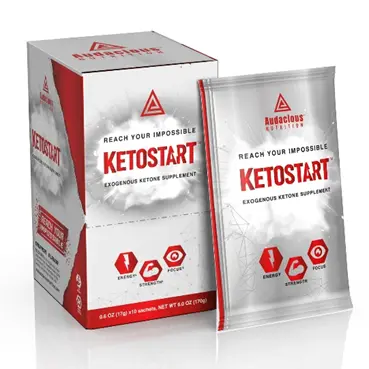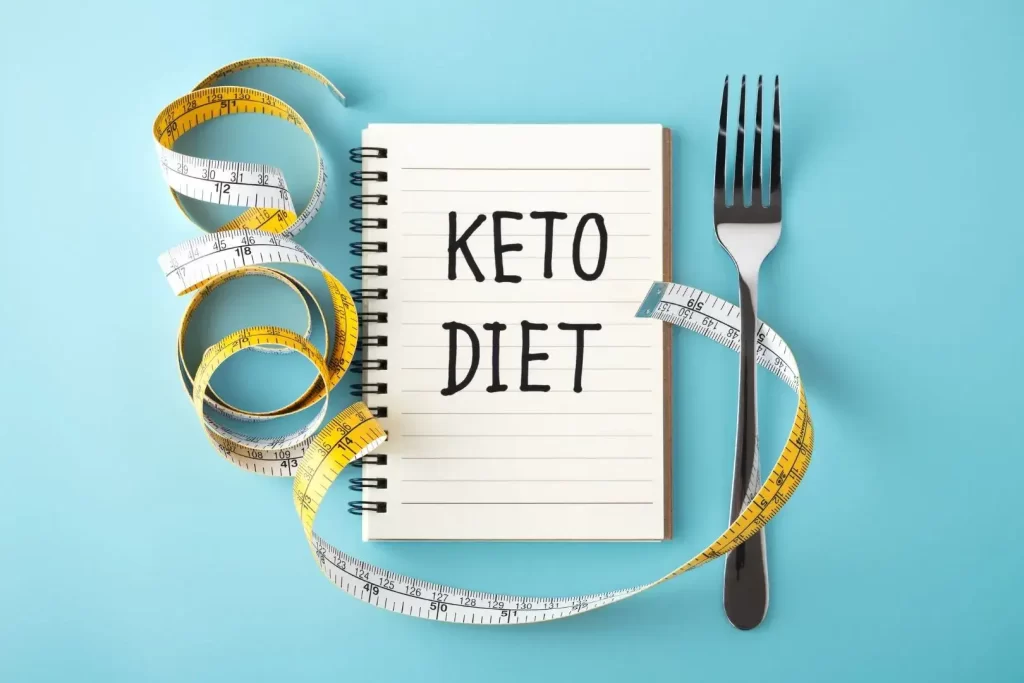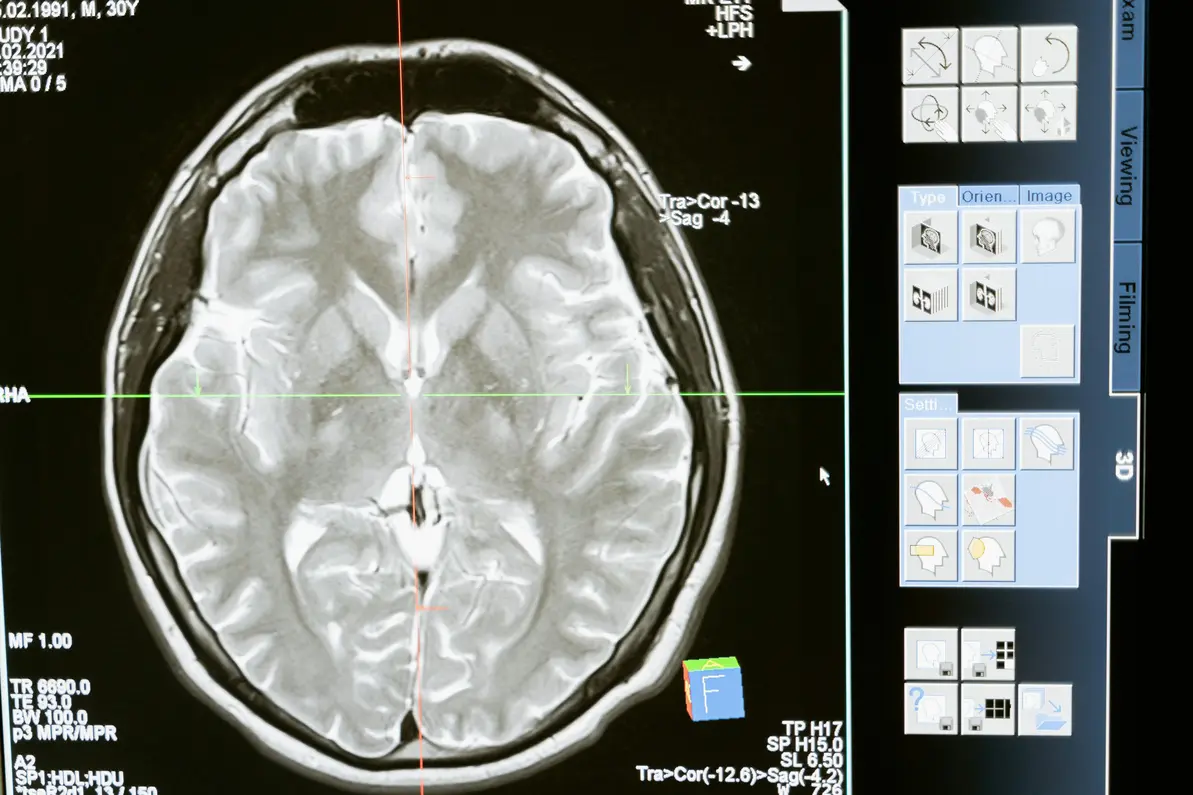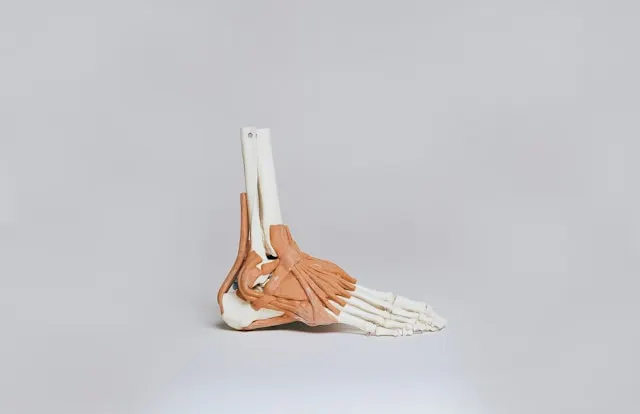You may think of ketosis as good or bad. Actually, it can be both. Ketoacidosis is a serious and rare complication of diabetes. Ketosis is a natural physiologic process that occurs when the body breaks down fat to use as an energy source. Metabolically healthy adults achieve a state of ketosis when they sleep.
We know from PET scan data that certain areas of the brain show low uptake of glucose in people who have Alzheimer’s disease. This indicates that neurons have lost the ability to burn glucose for energy. This creates an energy crisis for the brain. Loss of energetics is a hallmark feature of Alzheimer’s.
Insulin resistance exaggerates this inability to use glucose as brain fuel. People with the ApoE 4 gene, which is a risk factor for Alzheimer’s, show a reduction in cerebral glucose utilization as early as 20 years of age in the same brain regions as Alzheimer’s. Our modern diet is high in ultra processed food and provides excessive amounts of glucose. Our tendency to eat three meals a day plus snacks provides an overabundance of glucose. This, coupled with a sedentary lifestyle has led to the current problem of insulin resistance.
The hopeful news is that glucose is not the only fuel that the brain can use. The brain can burn ketones for fuel. Dr. Bredeson recommends ketosis as a step toward achieving insulin sensitivity. This is particularly important for people with insulin resistance, cognitive decline, or ApoE gene carriers. Ketosis is best achieved with fasting, exercise, and a high healthy-fat diet. Some people, especially those who have been insulin resistant for a long time or who have a low body mass index (i.e. a BMI of 18), may have trouble achieving ketosis. Ketone supplements are recommended for these people for weeks or months until they can create their own ketones. The ultimate goal is to achieve metabolic flexibility, that is the ability to burn either ketones or glucose.
Quality sleep is foundational to implementing ketone strategies.
The strategies to increase ketones are:
- Eat a whole food, plant rich diet with 70% of calories as healthy fats.
- Fast overnight for 12 to 16 hours. The longer fast is recommended for ApoE 4 carriers.
- Move and exercise throughout the day.
Adding ketone supplements is an option for people who cannot achieve ketosis. There are several supplement options:
- Medium chain triglycerides (MCT oil or powder). Begin with one teaspoon a day and increase to one to three tablespoons a day. The preferred MCT is the powder because it is less likely to cause GI upset. MCT may help curb hunger from fasting. The preferred MCT oil is made primarily of C8 (caprylic acid) from coconuts. This form passes more quickly through the gut and is less likely to cause GI upset, and it has less of an effect on lipid profiles than other forms. Avoid any MCT oil with fillers or that contains hexane.
- Coconut oil is metabolized more slowly than MCT oil and may be better tolerated by some people. It has additional polyphenols and may have a positive effect on the gut. Coconut oil should be sourced from an unrefined, organic, cold-pressed virgin or extra virgin variety, without chemical processing in a glass jar.
Both MCT oil and coconut oil may have a negative effect on lipid profiles, especially for ApoE 4 carriers. If this occurs, change to ketone salts or esters.
- Ketone salts and esters provide a source of ketones called beta hydroxy butyrate (BHB). Their effect is short so they must be taken throughout the day for sustained effect. They have no impact on lipid profiles.
Ketostart is an example of a ketone salt. Each sachet has 10 Gm of BHB. Be sure to select a product with a high BHB count.
Ketone esters are known to have a horrible taste. HVMN is one example of a commercially available ketone ester. KE1 is a combination salt and ester.
There is no recommended “dose”, but it is suggested to take three evenly divided doses, morning, noon, and afternoon. It is not recommended to take ketone supplements in the evening as they may cause excessive energy.

You may ask, “How do I know if I have gotten into ketosis?” In the next article, we discuss how to monitor your ketone levels.











